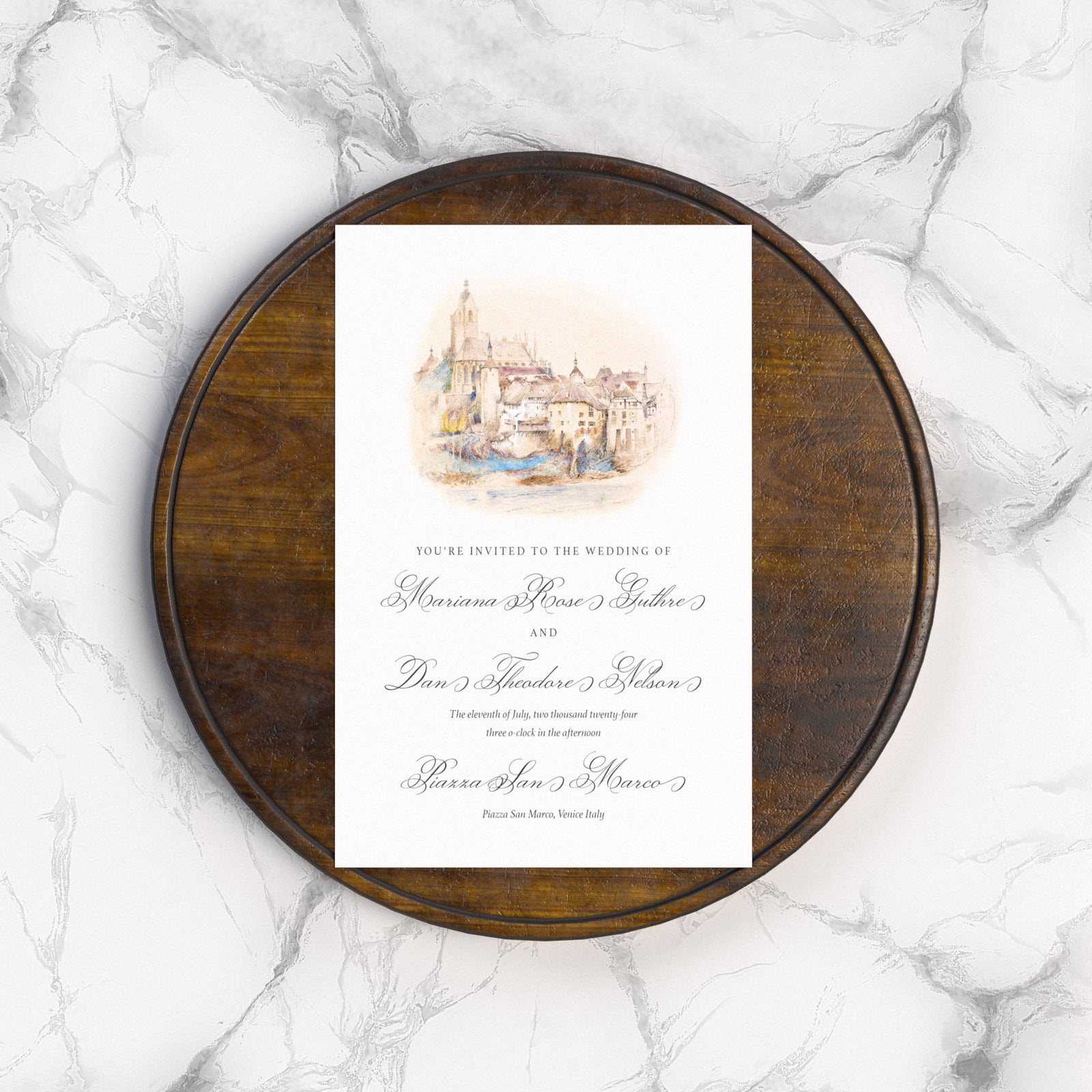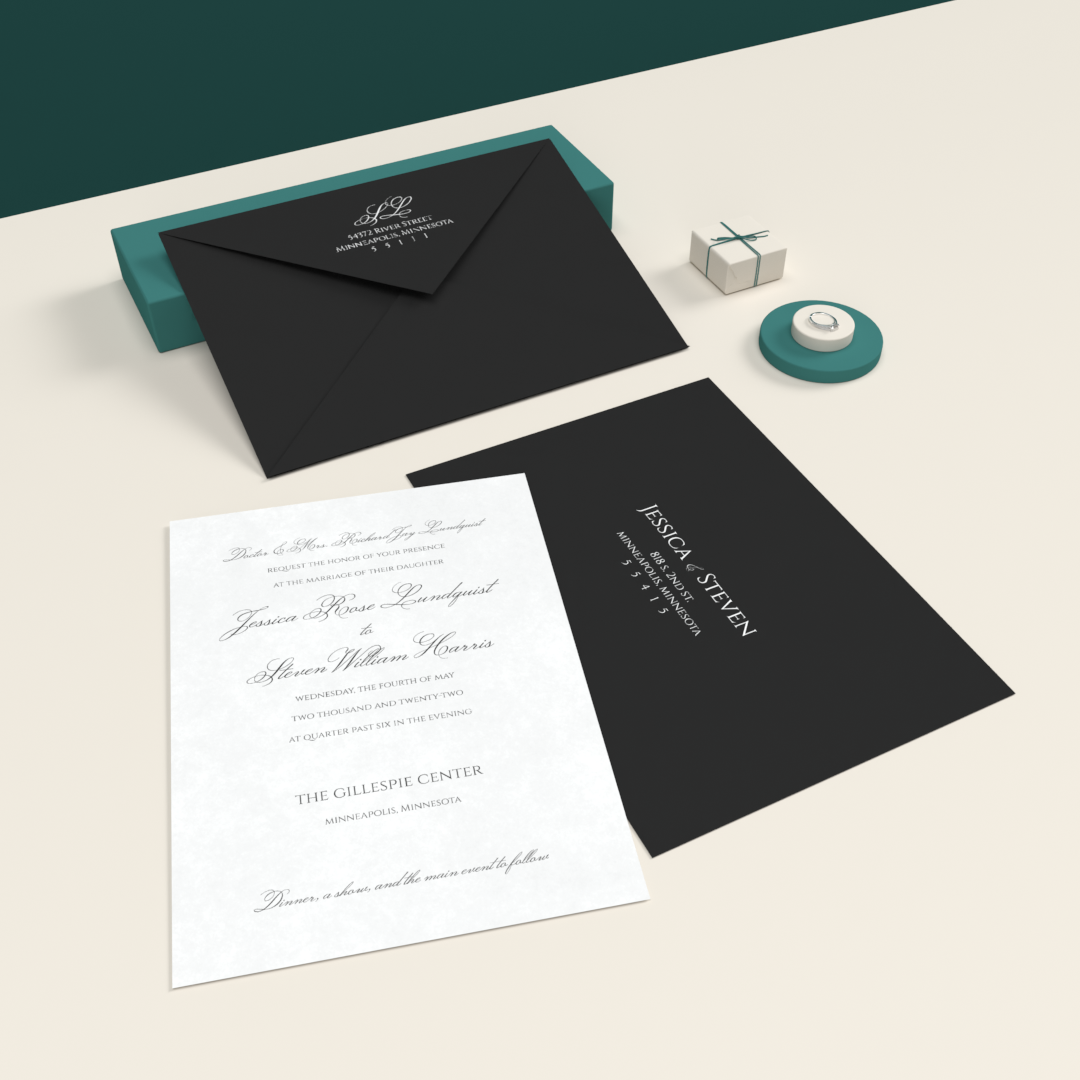What is foil printing?
Foil printing is a printing technique that involves applying a thin layer of metallic foil to a surface to create a shiny or reflective design. Foil printing is often used for products such as business cards, invitations, and packaging to create a distinctive and luxurious appearance that stands out from traditional ink printing.

Foil printing is typically done using a metal die, which is an engraved metal plate that is heated and applied to the foil and substrate. The heat and pressure cause the foil to stick to the substrate, creating a metallic finish. Different colors and finishes such as gold, silver, metallic, matte, glossy, and holographic can be achieved with foil printing, and it can be applied to various materials including paper and cardstock.
Foil printing can be done in a range of ways such as hot foil stamping, cold foil stamping, and digital foil printing. Each technique has its own advantages and disadvantages, but all provide a unique and luxurious finish that can help products stand out from the crowd.
Overall, foil printing is a popular method in commercial printing that can be used to create unique and premium designs for a range of products.
Our Foil Selection

What are the benefits of foil printing?
Foil printing offers several benefits and pros that make it a popular choice in commercial printing. Here are some of the advantages:
- Enhanced design options: Foil printing allows for more design options than traditional ink printing as it can create metallic or pigmented finishes that are not achievable with ink.
- Premium and luxurious appearance: Foil printing creates a premium and luxurious look that can help products stand out and create a sense of high value.
- Durability and longevity: Foil printing is highly durable and can resist scratches, smudging and other types of damage for longer periods, which makes it ideal for products that will be handled often such as business cards.
- Environmental sustainability: Foil printing is sustainable in the long run as it is completely recyclable, unlike many plastics and other materials used in packaging.
- Different colors and finishes: Foil printing offers a range of different metallic and pigmented colors and finishes, including gold, silver, matte, and holographic, which allows for customization and adds versatility to many project ideas.
Overall, foil printing can create a distinctive and eye-catching appearance while enhancing the durability and sustainability of products.
Foil Printing
Step 1: File Format
Acceptable file formats include AI-Adobe Illustrator®, EPS-Encapsulated Postscript, and PDF-Portable Document File. Ensure the digital file size is less than 40 megabytes and always send a 100% image.
Step 2: Files
Vector format is preferred, and to avoid font issues, please outline all fonts.

Step 3: Line Thickness
The minimum preferred line width is .3 pt, please ensure that all line thicknesses in the design meet this standard.
Step 4: Color
Art that is to be foil stamped should be in a separate layer in 100% black or on a separate page of the PDF in 100% black.

Step 5: Save Your Files
Save your file in PDF format and upload it with your order before submitting. If you follow these steps, you can be sure that your foil design will come out just as you expect it.




